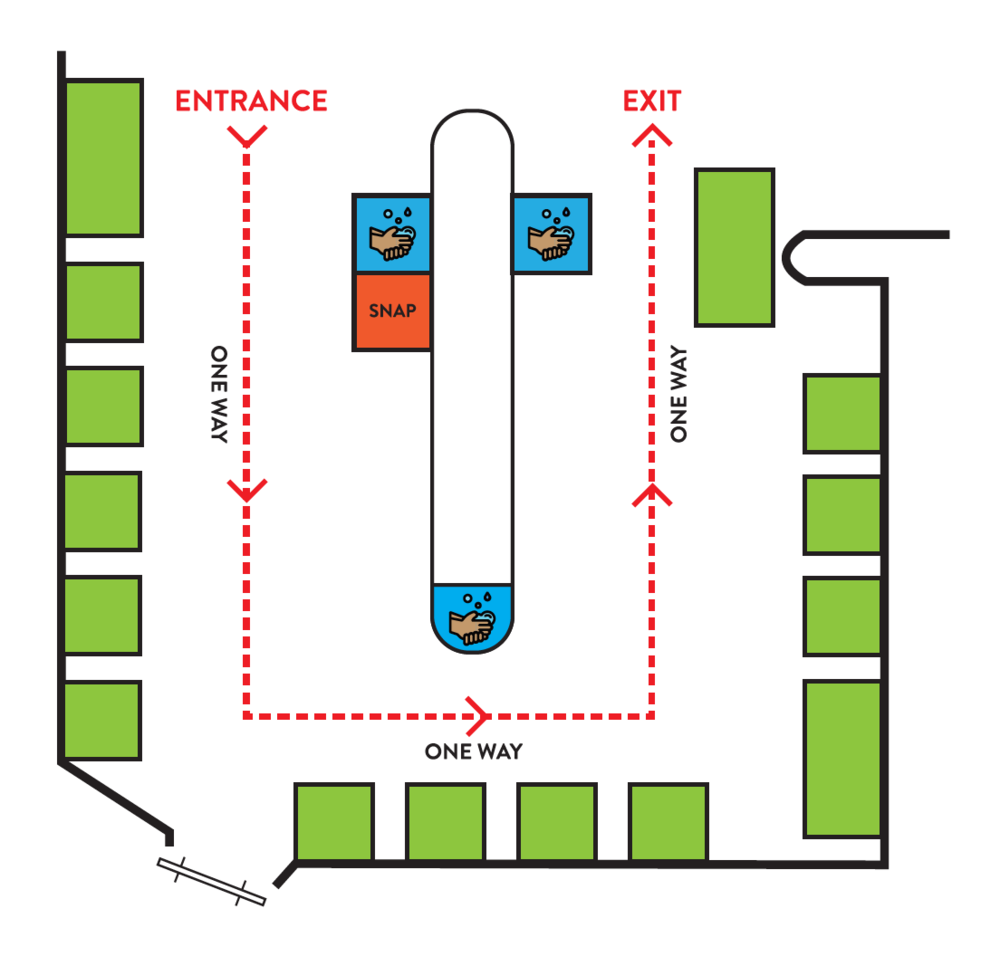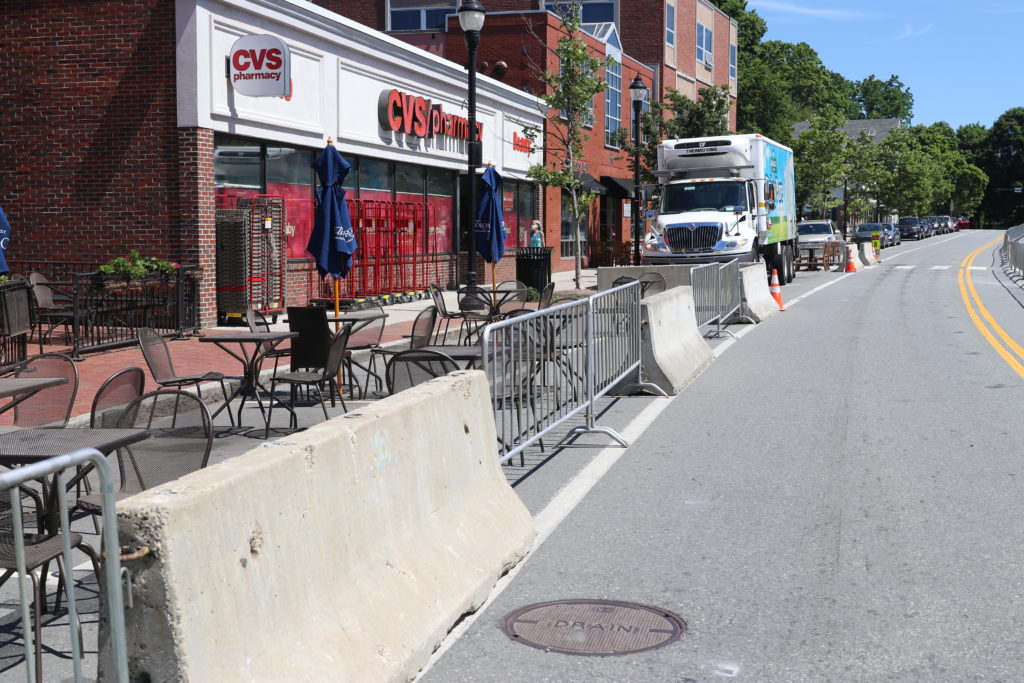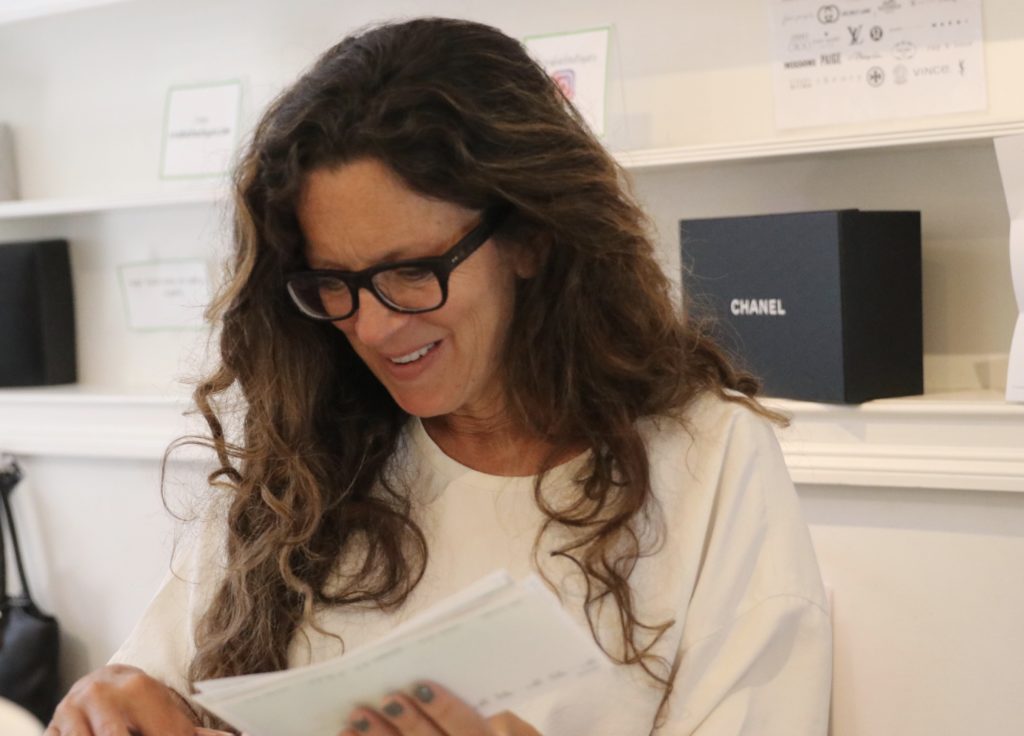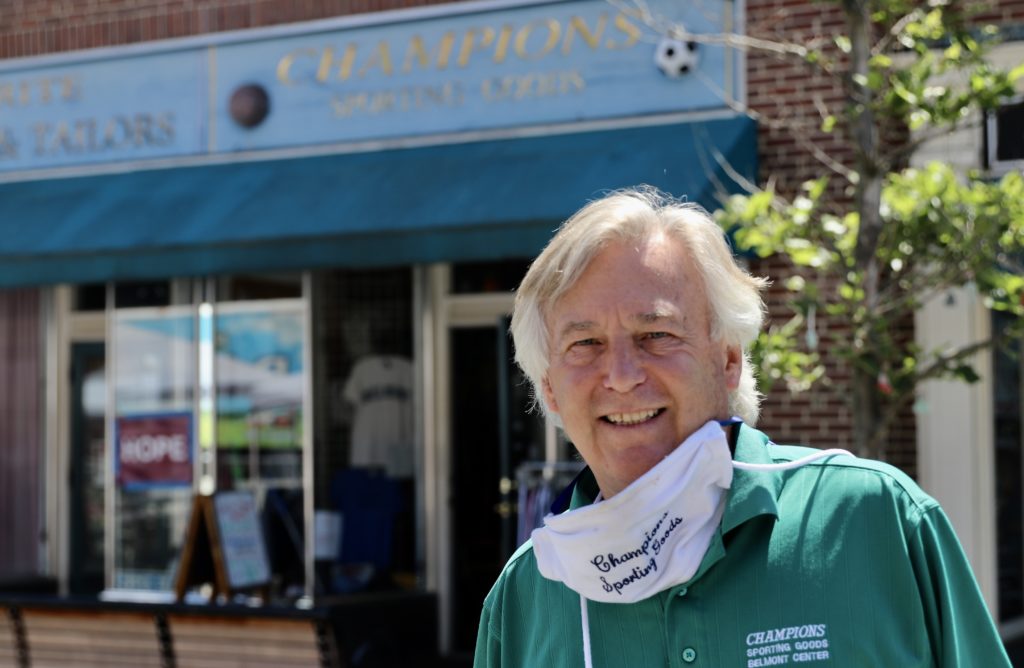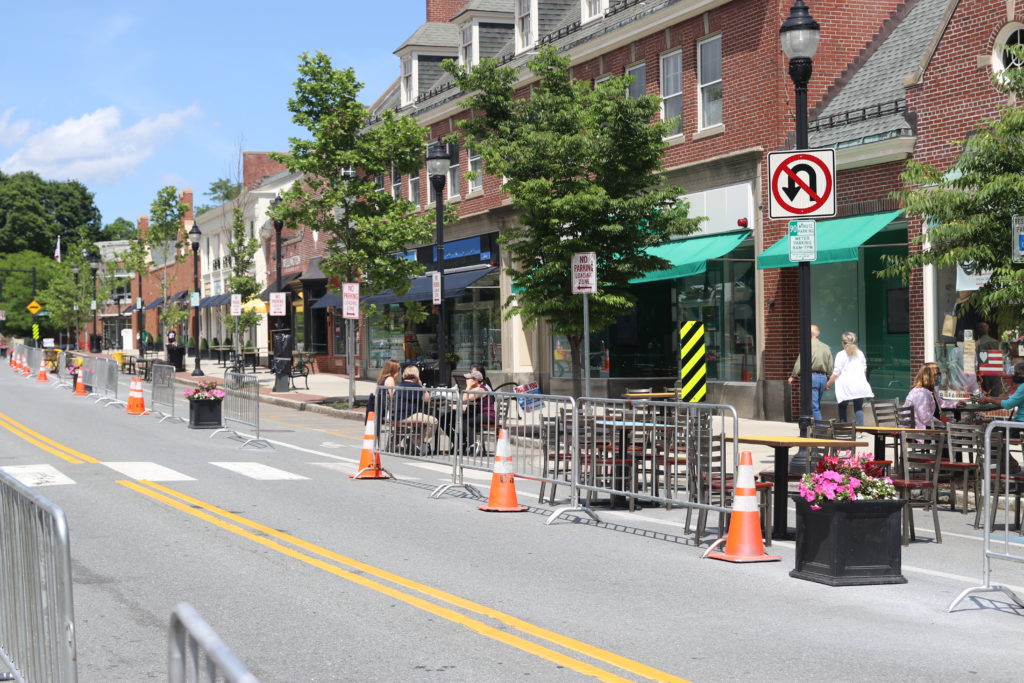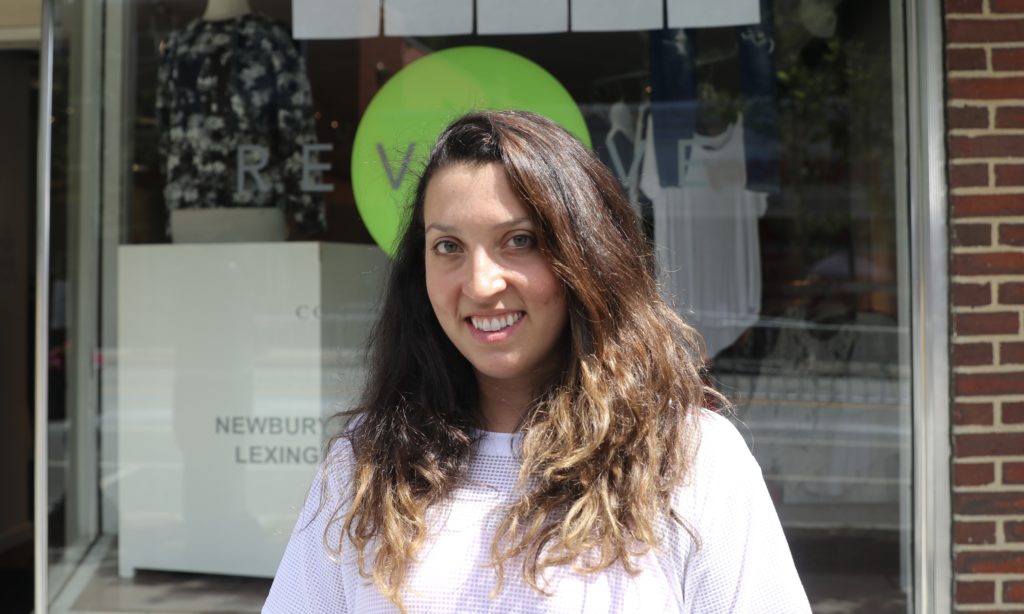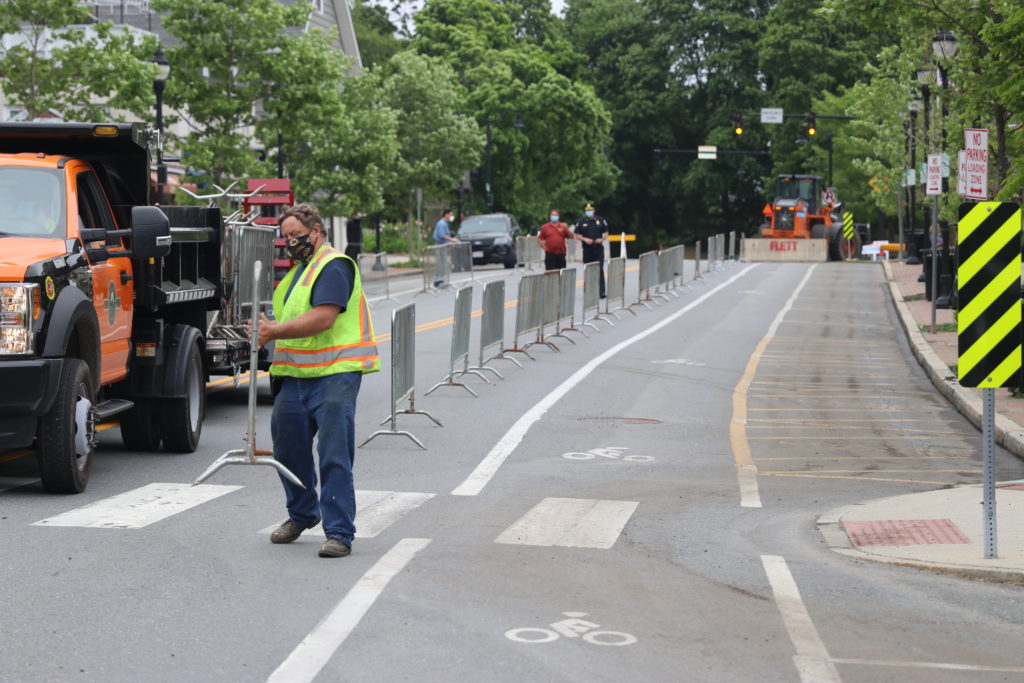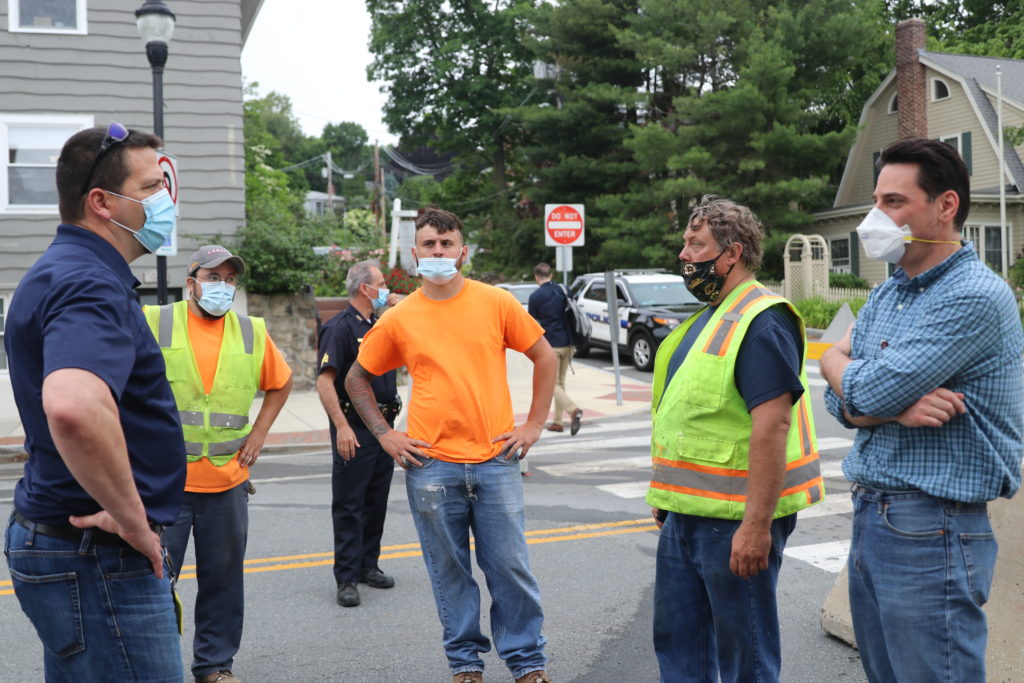Photo: One way on the way out come Sept 28
The Belmont Select Board has extended by nearly a month the one-way traffic on Leonard Street allowing restaurants in Belmont Center to continue al fresco dining into the fall.
The street through Belmont’s main business hub will revert back to two-way traffic in the early morning hours of Monday, Sept. 28. In addition, licensed outdoor table service will be extended to Sunday, Sept. 27 throughout the town.
The board also approved that free parking in the Claflin Street municipal parking lot located behind Belmont Center will also end on Sunday, Sept. 27.
At yet another marathon Select Board session held Monday, Aug. 24, members acknowledged that several Center merchants have “expressed some unhappiness” with the plan that began on June 18 as it has taken valuable on-street parking spaces out of circulation, according to board member Adam Dash.
The traffic change was installed as an opportunity to provide extra outside dining areas to local restaurants which are still not allowed to use their interior dining space due to restrictions imposed by the state to stem the COVID-19 pandemic.
In addition, the Belmont Board of Health had some concerns in regards to Leonard Street being “a little congested” during the height of dinner service along with complaints that people were not diligent in wearing masks or being aware of social distancing, said Town Administrator Patrice Garvin.
“We were hoping to have an opportunity to go down there and to see if the requirements of the permits were being adhered to,” said Garvin.
While saying “the last thing we want is the community to be concerned that people are acting irresponsibly when they’re out and about in Belmont Center,” Glenn Clancy, town engineer, and director of community development, said he has been on Leonard Street “quite a bit and I haven’t really been seeing problems,” an observation seconded by Dash who is a regular diner.
The three-plus week extension of the one-way direction of Leonard Street has required the town to inform at least one resident of Moore Street – a principal detour of vehicles traveling northbound onto Pleasant Street – that the board would extend the one-way experience past a promised end around Labor Day deadline.
Clancy said he does worry about traffic in nearby neighborhoods and along specific streets – Moore, Alexander Avenue and Pleasant Street – during the expected increase in post-Labor Day traffic.
Clancy believes that it’s prudent for the town to take these issues incrementally “and I think if we’re talking about the end of September [to return to two-way traffic], I think that’s far.”
Since many restaurants made investments in furnishing and in the appearance of the outdoor space, “I’d like to give them the maximum ability” to take advantage of the money spent, said Dash.
“I think there is a great community atmosphere that been created down there,” said the Board’s Tom Caputo. “I do think that this isn’t going to last forever but certainly going through the end of September very likely makes some sense.”

